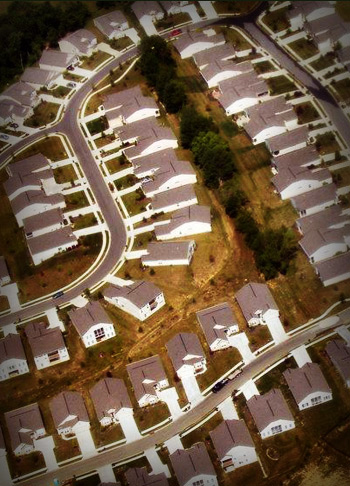Population Growth Will Create Pressure to Convert Forests to Other Uses.
Forest landowners, and society in general, face unique challenges and opportunities in the 21st century. One of the most difficult challenges before us is the impact of projected population growth on our ability to keep working forests on the landscape for all of the public and private values they provide. It is estimated that western Washington will add an additional 1.5 million people by the year 2020. Finding ways to keep forestry as a preferred land use in spite of population growth and inflation in real estate values is critical to achieving the kind of future we all want. Recognition of all of the social, environmental and economic values of the forest will be key in ensuring that forestry is a preferred land use. If these values are overlooked, other economic and social pressures may lead to the conversion of forests to other uses. ![]()

It’s estimated that western Washington will add an additional 1.5 million people by the year 2020.
